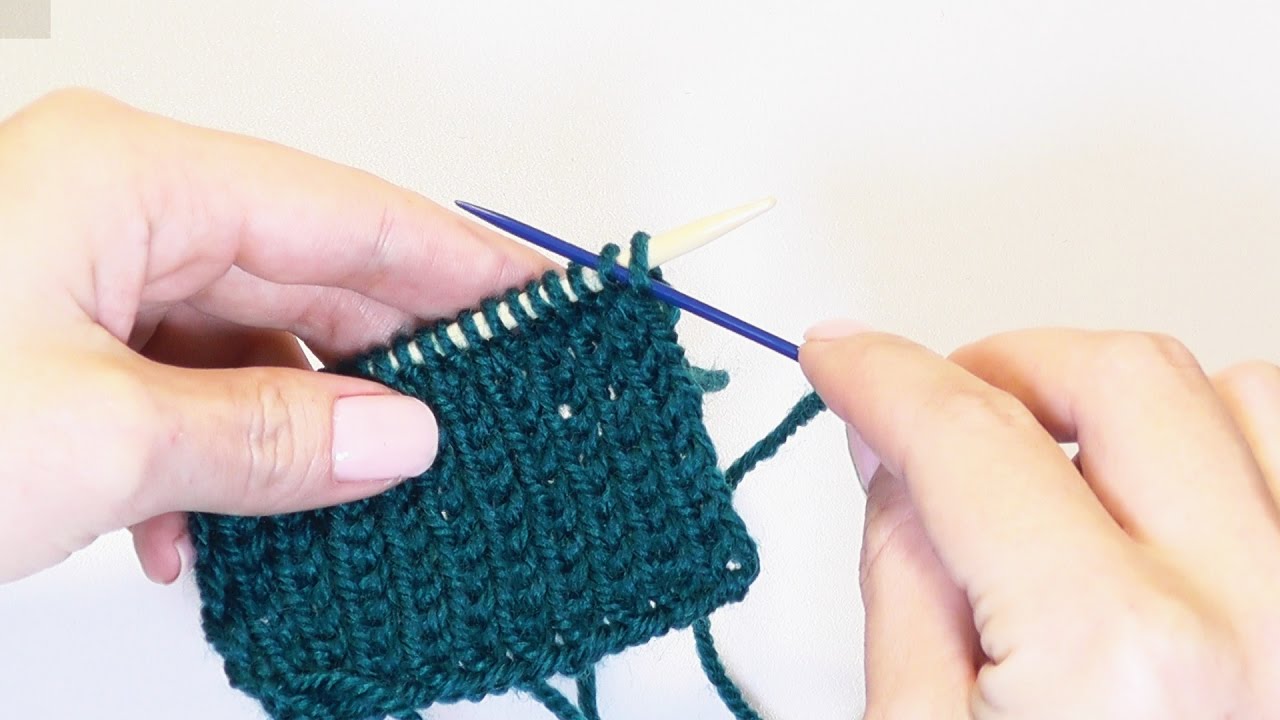One of the most reliable and accurate ways to close loops is using a needle. This option is especially suitable for elastic bands. It allows you to do sweater edge or skirts very similar to the factory one, while maintaining elasticity.

@YouTube
Features of closing the elastic band 1*1 with a needle
For the 1*1 variety, in my opinion, this is the best option. This elastic band quickly loses its shape, especially when it stretches on the sleeve cuffs. It is recommended to use a special knitting needle: it has a fairly wide eye and the tip is not as sharp as that of sewing needles. They can be purchased separately, and the manufacturer includes them in some packages with knitting needles as a nice bonus.
Advice! If you purchased a plastic knitting needle, and its tip has some kind of roughness that interferes with the process, then simply remove all excess with a regular nail file.
In circular knitting
Alternately knit and purl stitches are sewn together. The needle and thread are inserted into them in a special way to bring the last stitches back.
Important! In order for the thread to be exactly enough, it must be at least 3 times larger than the length of the area to be closed (plus 15–20 cm).
- At the beginning of a new row, the first stitch is re-taken, for example, onto a marker.
- We pick up the purl stitch by the right wall from the bottom up, stretch the thread to the end.
- We insert the needle from above behind the left wall into the stitch taken off on the marker, and immediately pick up the front (third) stitch from the bottom up behind the right wall, and pull out the thread.
- The needle enters the previous purl stitch from above, and the left one is picked up. In the next step, the needle enters from below and the right one is picked up (as in step 2). We pull out the thread.
- Repeat steps 3 and 4 until the end of the row.
- We pick up the last purl from below and pull the thread through. Then the knit stitches are connected (the last one is the first stitch of the row on the marker). We pick up the penultimate purl stitch again, connecting with the first purl loop in the row. Fasten the thread, cut it, hide the end from the wrong side.

@YouTube
On straight knitting needles
All actions with front and back loops are identical to the method described above. There are some differences if, at the beginning of turning knitting, knitting comes after the edge knitting.
- Remove the edge loop onto the needle.
- We grab the front one from the bottom up by the right wall and pull out the thread.
- We pick up the wrong side from the bottom up by the right wall.
- We close all the loops identically to the method for circular knitting. We finish the row by connecting the edge first with the last front one, then with the last purl one. The thread is fastened, trimmed a little with a margin, and its edge can be perfectly hidden from the wrong side in the column of facial loops.
Due to the peculiarities of the execution (the thread for threading into the needle is cut), covering long sections with a needle is not very convenient, because you have to thread a new thread several times and hide the ends.This method is ideal for elastic bands on socks, hats, and mittens. The edge looks neat and does not stretch more than necessary.


 0
0





